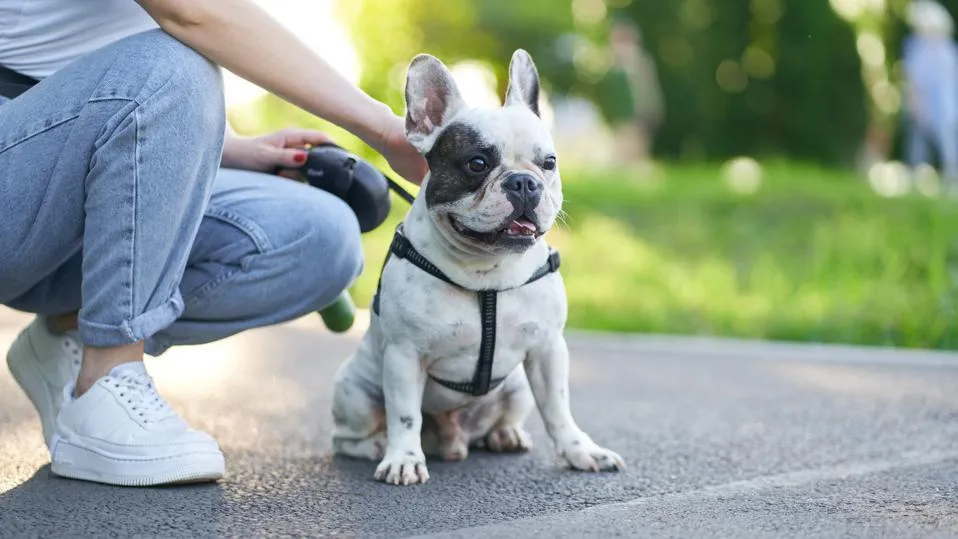The Xoloitzcuintli, often called Xolo for short, is a fascinating breed with a rich history dating back thousands of years.
As Mexico’s national dog, this unique canine has captured the hearts of many with its striking appearance and loyal nature.
In this comprehensive guide, we’ll explore everything you need to know about the Xoloitzcuintli, from its ancient origins to modern-day care tips.
The Xoloitzcuintli’s Intriguing History
The Xoloitzcuintli’s roots can be traced back over 3,000 years to ancient Mesoamerican civilizations.
These dogs held a special place in Aztec culture, believed to possess mystical powers and serve as guides to the afterlife.
The breed’s name comes from the Aztec god Xolotl, associated with death and the underworld, and “itzcuintli,” meaning dog.
I remember visiting Mexico City’s Templo Mayor Museum and seeing ancient pottery depicting Xolos.
It was awe-inspiring to realize how long these dogs have been part of human history!

Unique Physical Characteristics
Xoloitzcuintlis come in three distinct sizes:
- Toy: 10-14 inches tall, 10-15 pounds
- Miniature: 14-18 inches tall, 15-30 pounds
- Standard: 18-23 inches tall, 30-55 pounds
What sets Xolos apart is their lack of hair. While some Xolos have a short, smooth coat, most are completely hairless.
Their skin can be various colors, including black, gray, bronze, and red.
Distinctive Features:
- Wrinkled forehead
- Large, upright ears
- Sleek, muscular body
- Wedge-shaped head
Fun fact: Xolos have fewer teeth than other dog breeds, typically missing premolars.

Temperament and Personality
Xoloitzcuintlis are known for their:
- Loyalty to their family
- Intelligence and trainability
- Alert nature (making them excellent watchdogs)
- Affectionate disposition with loved ones
However, they can be aloof with strangers and require proper socialization from an early age.
I once met a Xolo at a dog show who was initially hesitant but warmed up quickly after some gentle interaction.
It’s crucial to respect their boundaries and allow them to approach new people on their own terms.
Caring for Your Xoloitzcuintli
Skin Care
Due to their lack of fur, Xolos require special attention to their skin:
- Regular bathing (every 1-2 weeks) with a gentle, dog-specific shampoo
- Application of dog-safe moisturizer to prevent dryness
- Sunscreen when spending time outdoors to prevent sunburn
- Protective clothing in cold weather
Exercise Needs
Xolos are moderately active dogs that enjoy:
- Daily walks (30-60 minutes)
- Playtime in a securely fenced yard
- Mental stimulation through puzzle toys and training sessions
Training and Socialization
Start training and socialization early to ensure a well-rounded Xolo:
- Use positive reinforcement techniques
- Expose them to various people, animals, and environments
- Enroll in puppy classes or basic obedience training
Health Considerations
While generally healthy, Xolos can be prone to certain conditions:
- Skin issues (acne, allergies)
- Dental problems
- Hip dysplasia (in larger sizes)
Regular vet check-ups and dental cleanings are essential for maintaining your Xolo’s health.

Is a Xoloitzcuintli Right for You?
Consider these factors before bringing a Xolo into your home:
- Are you prepared for their unique skincare needs?
- Can you provide adequate exercise and mental stimulation?
- Do you have the patience for training and socialization?
- Are you comfortable with a dog that may be wary of strangers?
If you answered yes to these questions, a Xoloitzcuintli could be the perfect companion for you!
Finding Your Xoloitzcuintli
Due to their rarity, finding a Xoloitzcuintli can be challenging:
- Research reputable breeders through the Xoloitzcuintli Club of America
- Consider adopting from Xolo-specific rescue organizations
- Be prepared for a potentially long wait and higher costs compared to more common breeds
Remember, bringing a Xolo into your life is a long-term commitment.
These unique dogs can live up to 15 years or more with proper care. In conclusion, the Xoloitzcuintli is a truly remarkable breed with a fascinating history and distinctive appearance.
While they may require some specialized care, their loyalty, intelligence, and affectionate nature make them wonderful companions for the right owners.
If you’re looking for a dog that stands out from the crowd and has a rich cultural heritage, the Xoloitzcuintli might just be the perfect choice for you!

Breed information
| Characteristic | Information |
|---|---|
| Breed Name | Xoloitzcuintli (pronounced “show-low-eats-queent-lee”) |
| Other Names | Xolo, Mexican Hairless Dog |
| Origin | Mexico |
| Group | Non-Sporting Group (AKC); Toy, Miniature, and Standard size varieties |
| Height | Toy: 10-14 inches (25-36 cm); Miniature: 14-18 inches (36-46 cm); Standard: 18-23 inches (46-60 cm) |
| Weight | Toy: 10-15 pounds (4.5-6.8 kg); Miniature: 15-30 pounds (6.8-13.6 kg); Standard: 30-55 pounds (13.6-25 kg) |
| Coat | Hairless variety: smooth, tough skin; Coated variety: short, sleek coat |
| Colors | Dark, uniform colors preferred, such as black, slate, gray, bronze, red, liver, or fawn |
| Lifespan | 13-18 years |
| Temperament | Loyal, calm, alert, affectionate, sometimes aloof with strangers but devoted to family |
| Energy Level | Moderate energy; calm indoors but enjoys regular exercise outdoors |
| Exercise Needs | Requires daily walks and playtime; moderate exercise needs |
| Trainability | Intelligent and quick to learn but can be independent; responds well to consistent and positive training |
| Intelligence | Highly intelligent and quick to pick up commands, but can be stubborn |
| Good with Children | Generally good with respectful children, especially if socialized early |
| Good with Other Pets | Can get along with other pets if properly socialized, but may have a prey drive toward smaller animals |
| Shedding | Hairless variety: no shedding; Coated variety: low shedding |
| Grooming Needs | Hairless variety: requires skin care (moisturizing, sun protection); Coated variety: minimal grooming required |
| Barking Level | Moderate; may bark to alert but not excessively |
| Space Requirements | Adaptable to apartment living but enjoys having access to a yard or space for exercise |
| Socialization | Needs early and consistent socialization to prevent wariness of strangers and other dogs |
| Health Issues | Generally healthy but can be prone to skin issues (hairless variety), dental problems (hairless variety), and hip dysplasia in larger sizes |
| Diet | Balanced, high-quality diet; hairless variety may require additional dietary fat to maintain skin health |
| Affection Level | Very affectionate and bonds closely with family members |
| History | One of the world’s oldest and rarest breeds, dating back over 3,000 years; revered by the Aztecs and Toltecs; believed to have healing powers and used in rituals |
| AKC Recognition | Recognized by the American Kennel Club in 2011 |
| Ideal Living Conditions | Thrives in a variety of environments but should be protected from extreme weather (cold or intense sun); enjoys being close to family |
| Famous Xoloitzcuintlis | Diego Rivera and Frida Kahlo often featured Xolos in their art |
| Notable Characteristics | Unique appearance due to hairlessness, known for their warm skin; often described as having a “primitive” look |
| Types | Comes in two varieties: Hairless (most common) and Coated |
| Skin Care (Hairless Variety) | Requires regular moisturizing, sun protection (with dog-safe sunscreen), and bathing to maintain skin health |
| Best Activities | Enjoys walking, running, and agility activities, but is also content relaxing indoors |
Sources:
- American Kennel Club (AKC): Xoloitzcuintli Information
- DogTime: Xoloitzcuintli Breed Information
- The Kennel Club: Xoloitzcuintli Breed Standard

















